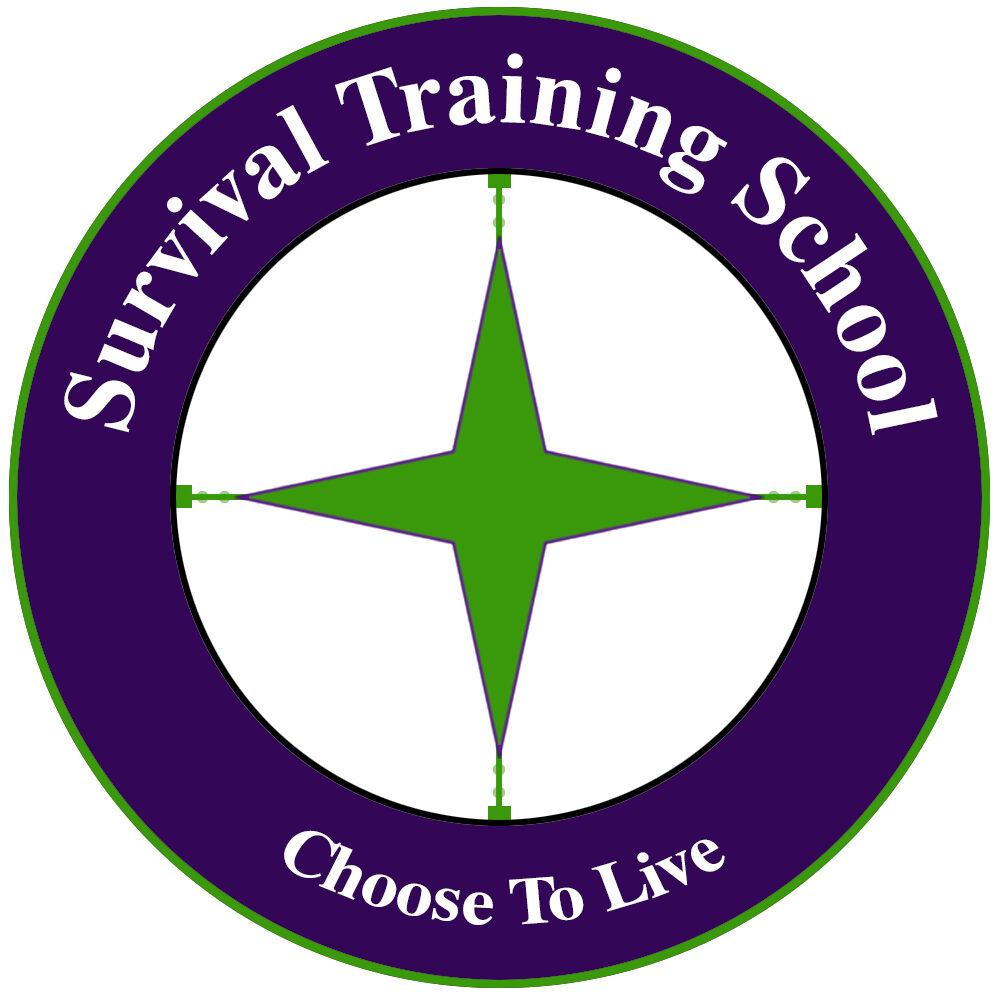I have said it before and will say it again; survival training is much more than considering a go bag. You need to think more strategically. Do you know how far your great grandparents were from their food sources in the early 1900s? They were generally within 15 miles, perhaps a little more. A food source is considered the different sources that provide food for the survival of humans and animals, those foods that provide the macronutrients you eat. Unless you grow your own wheat, corn, strawberries, and other foodstuffs, the average distance of a person from the food sources they consume today is 1,500 miles or more. And considering that in a crisis, grocery stores can empty in one to two days and not be resupplied for a week or more, it is important to understand disruptions to supply chains. Anyone living in a potential disaster zone from hurricanes and snow storms has seen this happen.
The Achilles heel of society, especially in a developed country, is electricity, but you also must also consider food supply lines and their disruptions. There are several critical issues to look for:
1. Transportation and logistics: One of the primary concerns during a supply line disruption is the interruption of transportation and logistics. Issues such as port closures, border restrictions, transportation strikes, or damaged infrastructure can impede the movement of goods, leading to delays or even the complete halt of commodity shipments. This is why you need to look at geopolitics and across the globe. How will you provide food for yourself or family if the major source of grains from the Midwest to manufacturers who package those grains is cut? What will happen to the supply on grocery store shelves? An example is the current decrease in flow of the Mississippi River that is causing a four-to-six-month delay in shipping to the Ports of New Orleans and South Louisiana. The problem is the decreasing water levels which is requiring the use of smaller barges to ship the grains.
2. Production and manufacturing interruptions: Disruptions in the supply line can occur due to interruptions in production and manufacturing processes. This could be caused by factors such as natural disasters, equipment failures, labor strikes, riots, or raw material shortages. If a critical component or raw material becomes unavailable, it can lead to a domino effect, impacting the production of finished goods. This is already happening on a global scale. We call this a cascading failure.
3. Demand and inventory management: Supply line disruptions can cause fluctuations in demand or inventory levels. For example, if there is a sudden surge in demand due to panic buying or stockpiling, it can quickly deplete available inventory, exacerbating the supply shortage. We see this in grocery stores every time a major storm or other natural disaster is predicted. On the other hand, if production is halted or delayed (see item #1), it can lead to decreased inventory that results in financial losses to the supplier, causing a reaction that lessens future production, due to forced reduction in labor, until more funds are available.
4. Risk to suppliers and subcontractors: Disruptions in the supply line can have cascading effects on suppliers and subcontractors. If a key supplier or subcontractor is unable to fulfill their obligations, it can create a bottleneck in the supply chain, affecting multiple downstream businesses. Assessing the resilience and vulnerabilities of suppliers and subcontractors is crucial to understanding the potential risks in the supply line. For the individual, you, this can create a major food crisis.
5. Regulatory and political factors: Government regulations, trade policies, geopolitical tensions, or political instability can significantly impact commodity supply lines. Changes in regulations, tariffs, or trade agreements can disrupt established supply chains and lead to delays or higher costs. Given the current political climate where many countries despise the U.S., these problems can be greatly exacerbated. Monitoring these factors and understanding their potential impact is essential for managing supply line risks. Thus, strategically, you need to constantly monitor and assess geopolitical factors.
6. Resilience and contingency planning: Evaluating the resilience of supply lines and the effectiveness of contingency plans is critical. Having alternative sourcing options, backup inventory, redundancy in transportation routes, and strong relationships with multiple suppliers can help mitigate the impact of disruptions. However, you need to also consider this situation for you and your family because these same scenarios will affect you as much as a company. Regularly reviewing and updating contingency plans is crucial to ensure your readiness in the face of potential disruptions. Again, while this may sound like it only applies to major corporations, you are caught in the middle. What is your backup plan for having food available when store shelves are empty? Do you have any kind of food storage? If you need to find food, where will you go? Do you have a network of family and or friends to weather a long-term food crisis?
Understanding and addressing these critical issues can help you proactively manage and mitigate the risks associated with commodity supply line disruptions, especially the food supply chain. You need an individual and family risk management strategy in place to enhance your ability to respond effectively and maintain your family in the face of unforeseen disruptions. A good primary course of action is personal food storage. Would you like to know more? Have a safe day.

